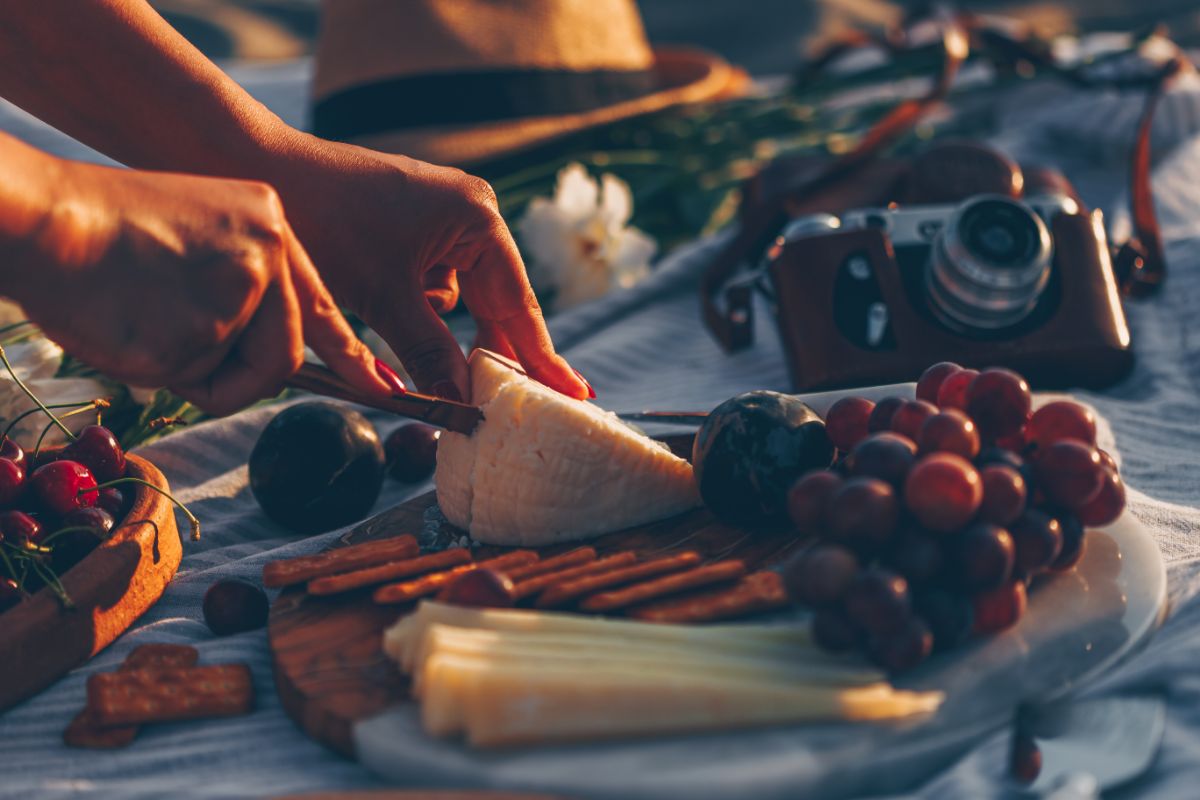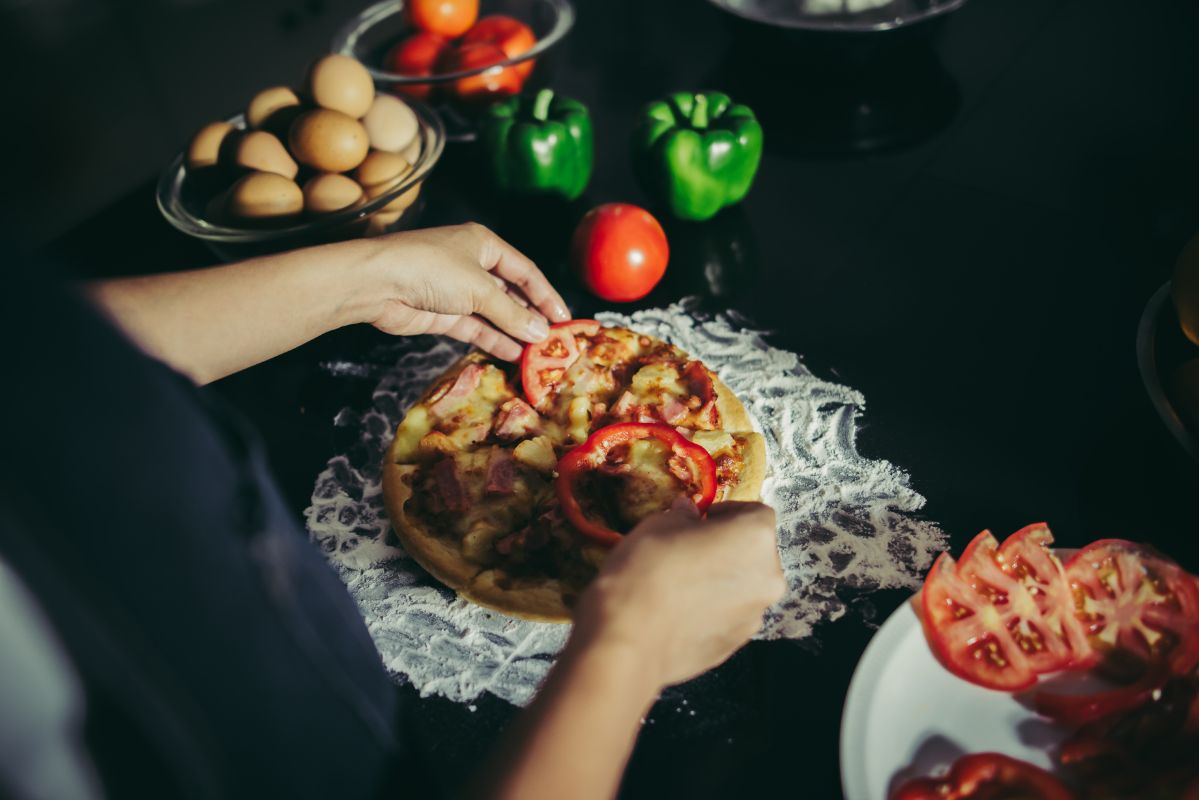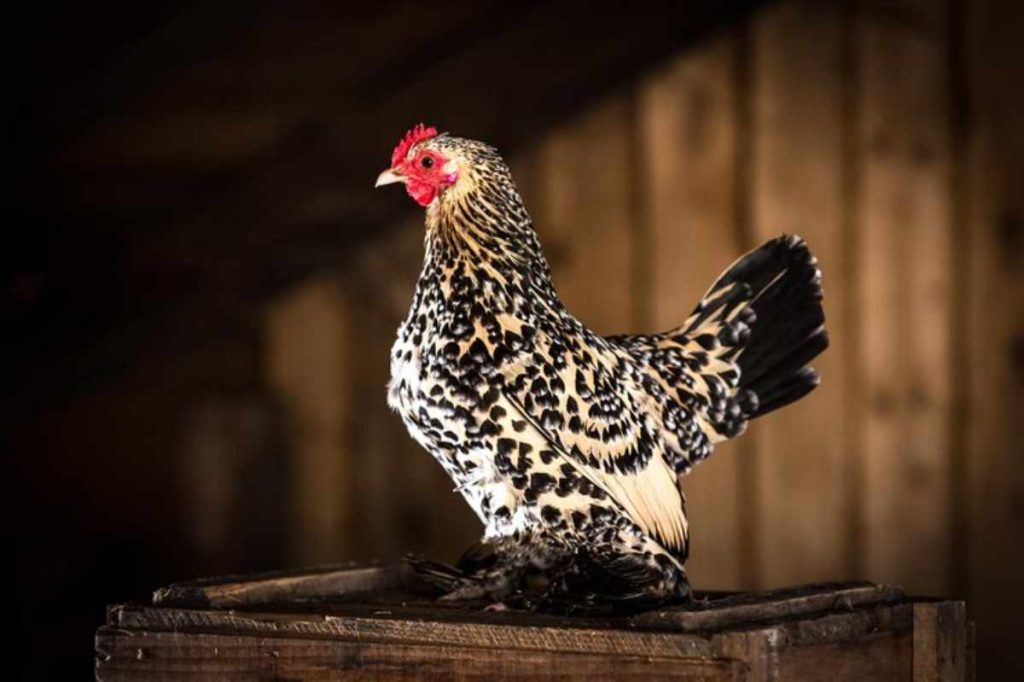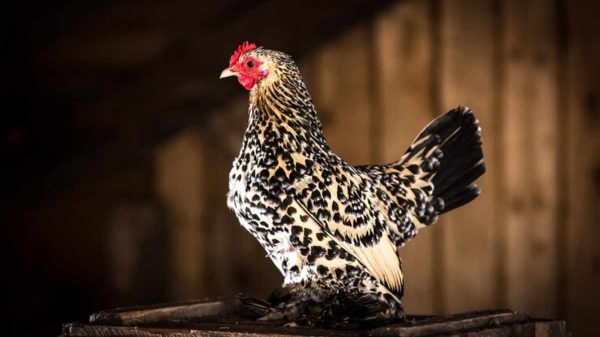Spain is well known for its extensive culinary tradition, boasting diverse flavors, techniques, and regional dishes. Whether you are a seasoned chef or a home cook, understanding the top cooking techniques in Spain will enhance your ability to recreate authentic Spanish dishes and savor the culture.
In this guide, we’ll explore the top cooking techniques in Spain you should try today, offering insights into the methods that have shaped Spanish cuisine.

Sautéing (Salteado)
A Staple Technique in Spanish Cooking
Sautéing is one of Spain’s most common cooking techniques, particularly for creating flavorful base dishes such as paella, tapas, and sauces. In Spanish cooking, sautéing is done quickly over high heat, using a small amount of olive oil.
This technique ensures the ingredients retain natural flavors while developing a crispy, caramelized exterior.
When sautéing, using a wide pan is essential to allow ingredients to spread out evenly. It’s also crucial to avoid overcrowding the pan, which can result in steaming rather than sautéing.
Key Tip:
Spanish olive oil is often preferred for sautéing, as it imparts a distinct taste and enhances the dish’s depth of flavor.
Slow Cooking (Cocción Lenta): Perfect for Stews and Braises
Slow cooking, or cocción lenta, is a cherished technique in Spanish cuisine. It involves cooking food at low temperatures for long periods of time, enabling flavors to combine and meat to become tender. Slow cooking is particularly popular in stews such as cocido madrileño and fabada asturiana.
This technique requires a sturdy pot, like a Dutch oven or cocotte, to ensure that heat is distributed evenly. Slow cooking is also used daily to prepare sauces such as sofrito, which forms the base for many Spanish dishes.
Key Tip:
If you don’t have time to cook the dish for several hours, consider using a slow cooker, which is an easy and efficient way to replicate this technique.
Grilling (A la Parrilla): A Taste of Spain’s Coastal Regions
Grilling is another popular cooking technique in Spain, especially in coastal regions where grilled fish and seafood are staples. The method involves cooking food over direct heat, often on a barbecue or a parrilla, a traditional Spanish grill.
Sardines, octopus, and seabream are commonly grilled in Spain, often with a simple seasoning of olive oil, salt, and lemon.
Grilling enhances food’s inherent flavors, creating a smoky aroma and crispy texture. In Spain, grilling is frequently done over charcoal, which adds a unique smoky flavor to meats and vegetables.
Key Tip:
When grilling fish or seafood, avoid overcooking it. Keep the heat moderate and cook on each side for a few minutes to maintain moisture and tenderness.
Frying (Freír): Spanish Dishes You Can’t Miss
Frying is an essential technique in Spain that is used to prepare various dishes, from tapas to main courses. Spanish cuisine is famous for its fried foods, including tortilla española (Spanish omelet), croquetas, and churros. The frying technique in Spain is often done in olive oil, which adds a rich, flavorful element to the dish.
The most common method in Spain is deep frying, where ingredients are completely submerged in hot oil, creating a crispy, golden exterior. This technique is often used for fish, seafood, and vegetables.
Key Tip:
Use a thermometer to maintain the ideal temperature (about 175°C or 350°F) to avoid undercooking or overcooking the food.
Braising (Estofado): A Technique for Hearty Spanish Meals
Braising, or estofado, is commonly used in Spanish cuisine to prepare hearty stews and meats. It involves cooking meat, such as beef, lamb, or pork, in a flavorful liquid (usually wine, broth, or tomato sauce) at a low temperature for an extended period.
The slow cooking process breaks down the connective tissues in meat, resulting in a tender, flavorful dish.
Braising is often used to prepare traditional dishes like Cordero a la miel (honey-roasted lamb) or guiso de ternera (beef stew). This method enables the flavors to seep into the meat and sauce, creating a comforting and rich dish.
Key Tip:
Always sear the meat first to lock in the juices and enhance flavor before adding the braising liquid.
Roasting (Asado): Bringing out Deep Flavors in Meat and Vegetables
Roasting is a key cooking technique in Spain, especially for roast meats like chicken, lamb, and pork. In this method, food is cooked in an oven at a high temperature, making the exterior crunchy without sacrificing the interior’s tenderness and juice.
Roasting is also used to prepare vegetables such as tomatoes, peppers, and garlic, which are often components in Spanish dishes. One of the best-known examples of Spanish roasting is cochinillo asado (roast suckling pig), a delicacy from the Castilla-León region.
Key Tip:
Make sure to baste the meat occasionally with its own juices or olive oil to ensure it stays moist and flavorful.
Poaching (Escalfado): A Gentle Cooking Technique
Poaching, or escalate, is a gentle cooking method to prepare delicate proteins like eggs and fish. In Spain, poached eggs (often known as huevos calvados) are prevalent in breakfast dishes or served on a salad.
Poaching involves cooking food in a simmering liquid (not boiling), allowing the food to absorb the flavors of the liquid without becoming harsh or dry. Poached fish, such as merluza (hake), is another staple in Spanish cuisine.
Key Tip:
Use a thermometer to monitor the water temperature, ensuring it stays between 70 °C and 80°C (160°F and 180°F) or perfect poaching.
Steaming (Al Vapor): Healthy and Flavorful Spanish Cooking
Steaming is a healthier cooking technique in Spain, mainly used for preparing fish and vegetables. Steaming involves cooking food over boiling water without touching it, allowing it to retain nutrients, moisture, and flavor.
In Spain, steaming is often used to prepare seafood dishes, like mejillones al vapor (steamed mussels), and vegetable-based dishes, such as al vapor patatas (steamed potatoes).
Key Tip:
Use a steamer basket to keep the food from touching the boiling water. Add herbs and spices to the water for added taste.
Conclusion:
Whether you’re a novice cook or a seasoned chef, the top cooking techniques in Spain you should try today offer a fantastic opportunity to explore the rich diversity of Spanish cuisine.
From sautéing to braising, each technique adds a unique touch to the dishes, bringing out the best of Spanish flavors and traditions. Incorporating these techniques into your cooking will elevate your meals and deepen your appreciation for Spanish culinary culture.
So, gather your ingredients, pick your preferred technique, and prepare to experience Spanish cooking in your kitchen!
Frequently Asked Questions(FAQs):
What are the most common cooking techniques in Spain?
The most common cooking techniques in Spain include sautéing (salteado), slow cooking (cocción lenta), grilling (a la parrilla), frying (freír), braising (estofado), roasting (asado), poaching (escalfado), and steaming (al vapor).
How is sautéing done in Spanish cooking?
In Spanish cooking, sautéing is done over high heat with a small amount of olive oil. This ensures that ingredients are cooked quickly while retaining their flavor and crisp texture.
What is the best technique for cooking Spanish stews?
Slow cooking (cocción lenta) is ideal for preparing Spanish stews like cocido madrileño and fabada asturiana. It allows the flavors to develop and the meat to become tender.
Why is grilling (a la parrilla) so popular in Spain?
Grilling is widespread, especially in coastal regions of Spain, for cooking fresh seafood and meats like sardines and octopus.It adds a crunchy texture and smokey flavor.
How does Spanish frying differ from other types of frying?
Spanish frying often uses olive oil and focuses on deep frying, creating a golden, crispy exterior while maintaining moisture inside. This is commonly seen in croquetas and churros.
What is the significance of braising in Spanish cuisine?
Braising is the process of slowly cooking meats in liquids such as wine or broth, resulting in tender, flavorful dishes like Cordero a la miel (honey-roasted lamb).
How is steaming used in Spanish cooking?
Steaming is often used for delicate seafood like mussels or fish and vegetables. It preserves nutrients and enhances the natural flavors of the ingredients.
Can I replicate these techniques in my kitchen?
Yes, you can easily replicate these Spanish cooking techniques at home with the right equipment, such as a heavy pan for sautéing, a grill, or a slow cooker for braising.











